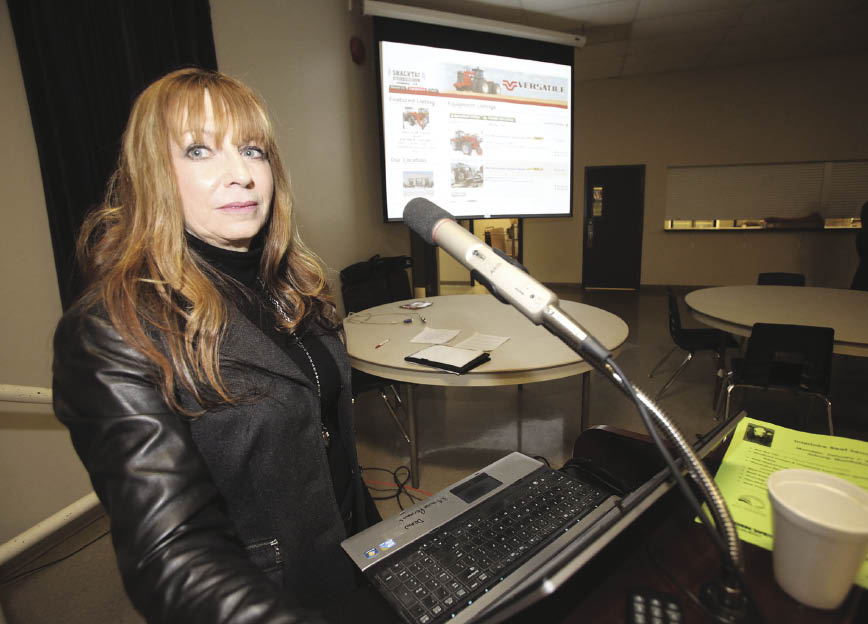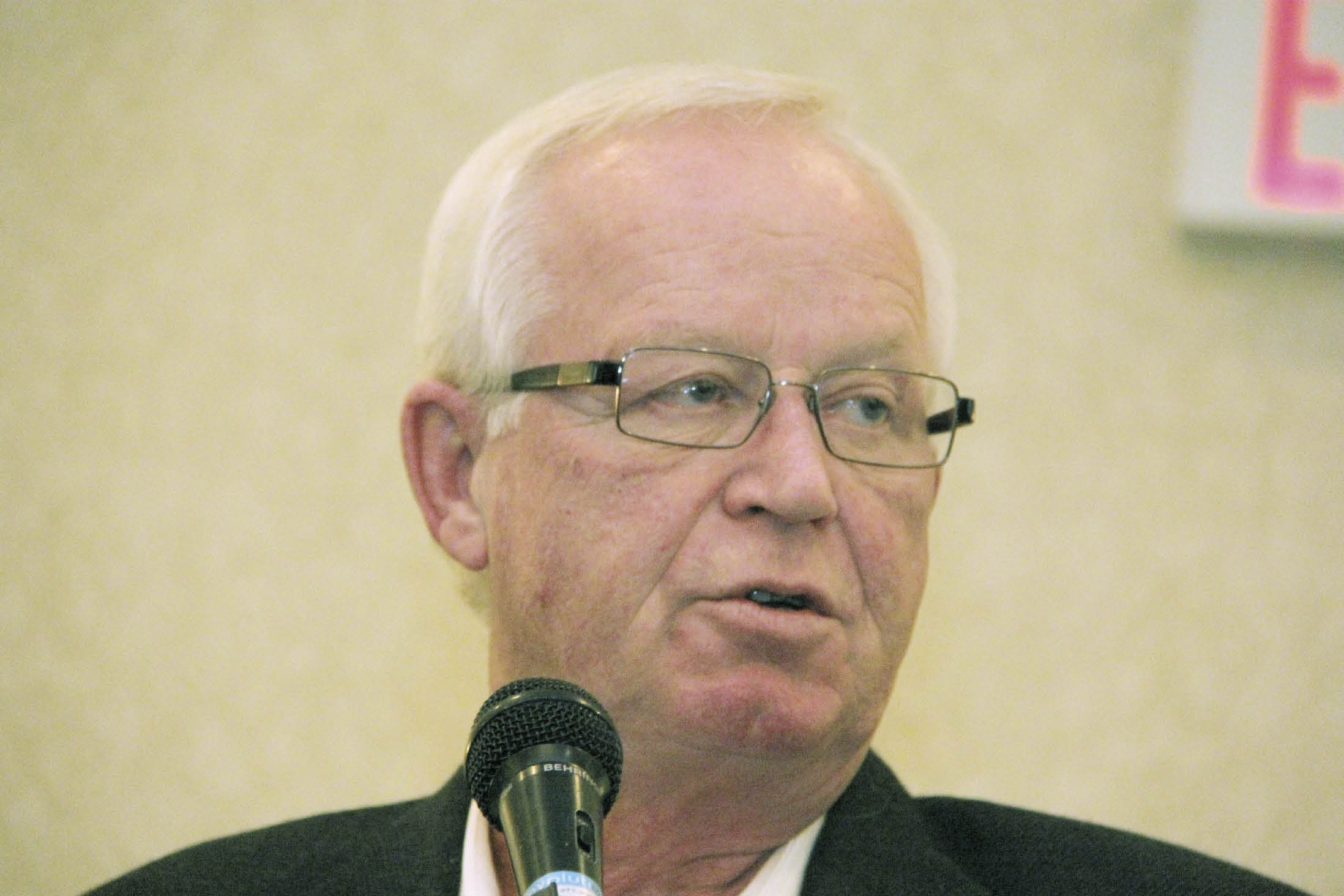New provincial regulations should make it easier to hook up a new grain dryer — but installations and inspections will still take time and planning.
The physical placement of the dryer (which often involves a new bin for wet grain and one for dried grain) and then getting an electrician and gas fitter out to the farm all takes time, said Dave Wall, president of Wall Grain Handling Systems, which sells grain dryers.
Especially at this time of year.
“We’ll be brutally honest with a guy — if you buy something now or in September, you’ll be on a waiting list,” he said.
Read Also

Manitoba sclerotinia picture mixed for 2025
Variations in weather and crop development in this year’s Manitoba canola fields make blanket sclerotinia outlooks hard to pin down
However, the final step of having the dryer installation approved by the Office of the Fire Commissioner is now more straightforward because venting of hydrostatic relief devices is no longer required for dryers with a CSA 3.8 certification. Virtually all new dryers have that certification.
However, venting will still be required for dryers approved by Inspection and Technical Services Manitoba through a special acceptance/field approval process. Used dryers made before the CSA 3.8 standard must go through the special acceptance process before starting up.
The Office of the Fire Commissioner also issued a bulletin listing the criteria used to evaluate whether a dryer qualifies for a special acceptance. (See sidebar on facing page.) It used to be an ad hoc process, a provincial official said.
Modifying new dryers to vent them has been a sore spot with many Manitoba farmers, who are installing more dryers as their acreages, particularly of corn and soybeans, increase. Many harvest crops on the damp side and dry them because they have so many acres to harvest.
At a recent Keystone Agricultural Producers general council meeting, Ste. Rose du Lac farmer Rob Brunel berated officials from the fire commissioner’s office, saying he wasn’t able to use a dryer he bought in 2010 until 2012 because of red tape.
Buying a new dryer should be like buying a new car, said a visibly angry Brunel, who spent $100,000 to purchase and install the dryer.
“I buy a licence, put the key in the ignition and I drive away,” Brunel said. “None of that happens (with a dryer). None of it. And that’s unacceptable because we are paying money and we are asking for the service to be provided and nobody knows between one person and another how to properly start and install these dryers.”
Manitoba’s rules for installing new and used grain dryers are more onerous than in Saskatchewan and Alberta, but the changes are “a step in the right direction,” said KAP president Doug Chorney.
“They (the propane industry) would still like the ability to have a province-wide variance in the event that there was suddenly a very wet harvest and producers were trying to put (drying) equipment in and the Office of the Fire Commissioner inspections couldn’t keep up,” he said. “Apparently it has been done in Alberta in the past. There would have to be guidelines but these (gas) fitters know what they’re doing.”
Propane and gas companies aren’t allowed to supply fuel to dryers until a provincial inspector approves a new installation and it takes a minimum of two weeks to get one of the three Winnipeg-based inspectors out to a farm. (To book an inspection call Jackie Jacobs at 204-945-1359.)
The fire commissioner’s office says to use licensed gas fitters and electricians for hooking up a dryer to propane or natural gas.
Wall agrees.
“You’ve got to go with somebody who knows the hoops,” he said. “A dryer is like another piece of equipment. You’re going to go with someone who can help you get it up and running.”
Brunel said next time he’ll allow more time and ensure his suppliers know what the regulations require. But installation should take a matter of weeks, not years, he said.




















